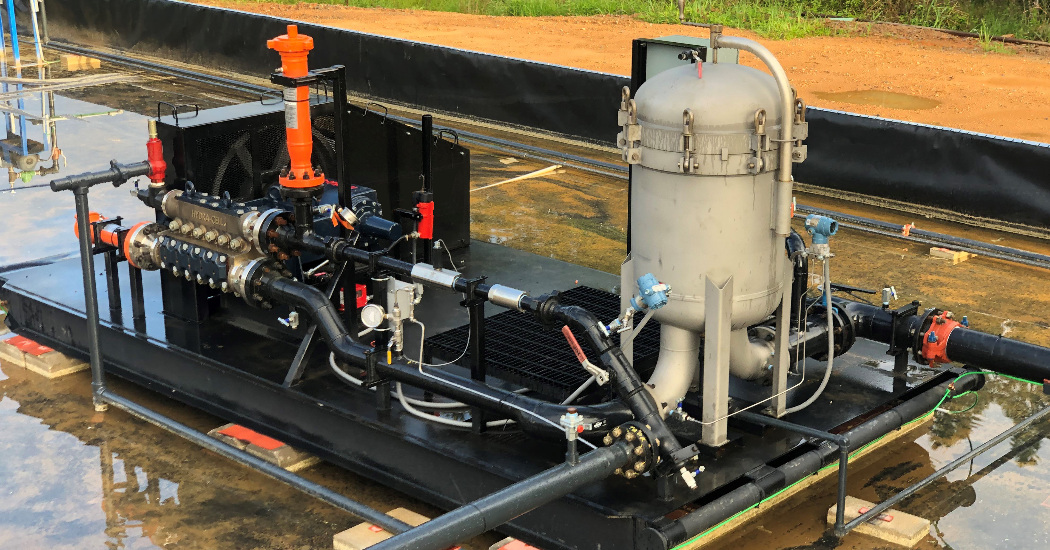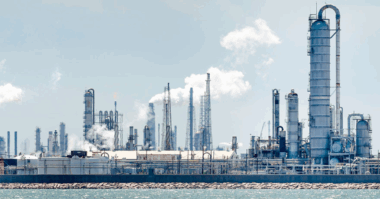Oil & gas wells have a lot more to them than just oil or gas. They typically also contain saltwater. As wells age, the amount of excess water in the mix can increase significantly. The water cut is the ratio of water produced compared to the volume of total liquids produced from an oil well. For example, if a well makes 200 barrels of oil per day and 4,000 barrels of water per day, the water cut would be 95%.
Since saltwater is considered hazardous, it needs to be disposed of in an approved well site. In addition to a high content of salt, it may also contain residual hydrocarbons, hydrogen sulfide, or other compounds. The water that is extracted is collected in tanks and then pumped back into the ground into a disposal well. Positive displacement pumps are generally used for this purpose because the well pressure can be as high as 500 to 2,000 psi or more.
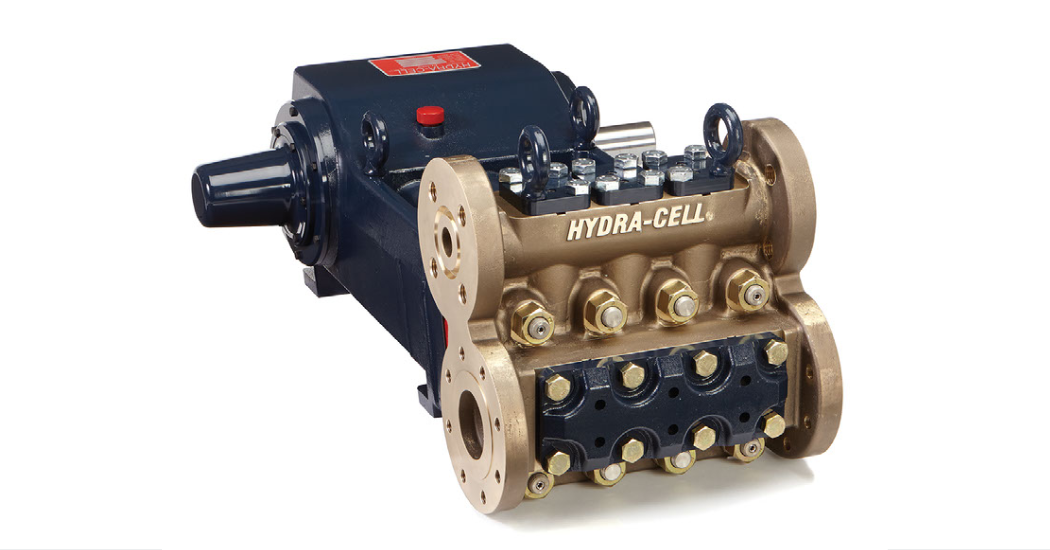 Saltwater disposal (SWD) pumps must meet the pressure and flow requirements for the application and must also be chemically compatible with the produced water. Most of the time, saltwater is being pumped, but when it contains traces of hydrocarbons and other elements extracted from the wells—such as H2S (hydrogen sulfide)—the pump must have the correct materials of construction to prevent corrosion. These kinds of chemicals can also be dangerous for the operator if there are leaks.
Saltwater disposal (SWD) pumps must meet the pressure and flow requirements for the application and must also be chemically compatible with the produced water. Most of the time, saltwater is being pumped, but when it contains traces of hydrocarbons and other elements extracted from the wells—such as H2S (hydrogen sulfide)—the pump must have the correct materials of construction to prevent corrosion. These kinds of chemicals can also be dangerous for the operator if there are leaks.
A few decades ago, most companies had their own saltwater disposal wells, but the trend has transitioned toward contracting out the saltwater disposal.
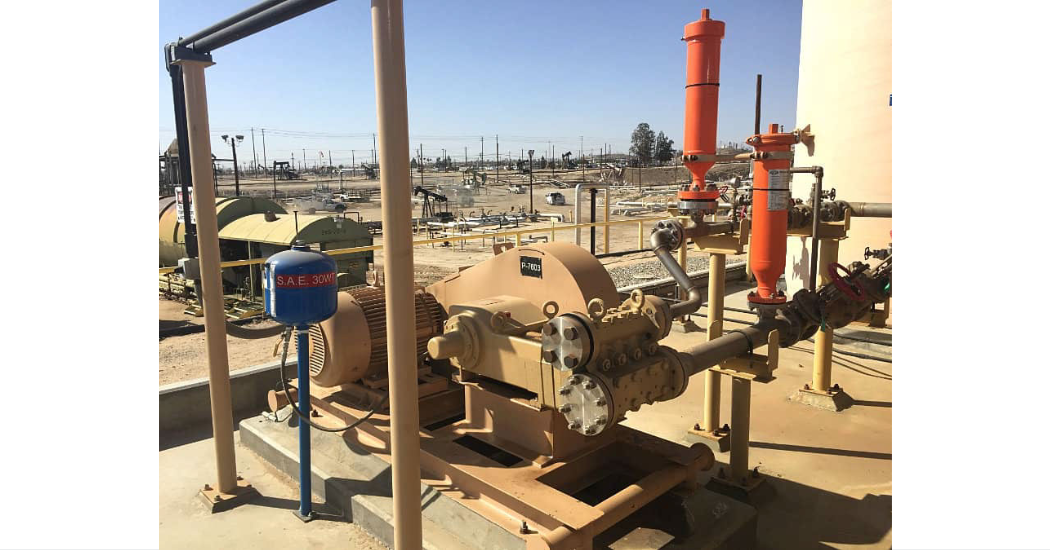
Solving Saltwater Disposal Pumping Challenges
Within the saltwater disposal process, solids—such as sand—are often involved which can cause excessive wear and damage to the pump. Therefore, maintenance of the equipment becomes the biggest challenge. Seal-less Hydra-Cell pumps have fewer components that come in contact with the material being pumped and can handle solids up to 800 microns in size, which protects the equipment and limits the amount of maintenance required. The plungers and stuffing box are located behind the diaphragm, prolonging the life of the pump.
Another industry challenge is that companies are now subject to financial penalties when hazardous material leaks onto the ground during the saltwater disposal process. Seal-less pumps reduce the risk of leaks.
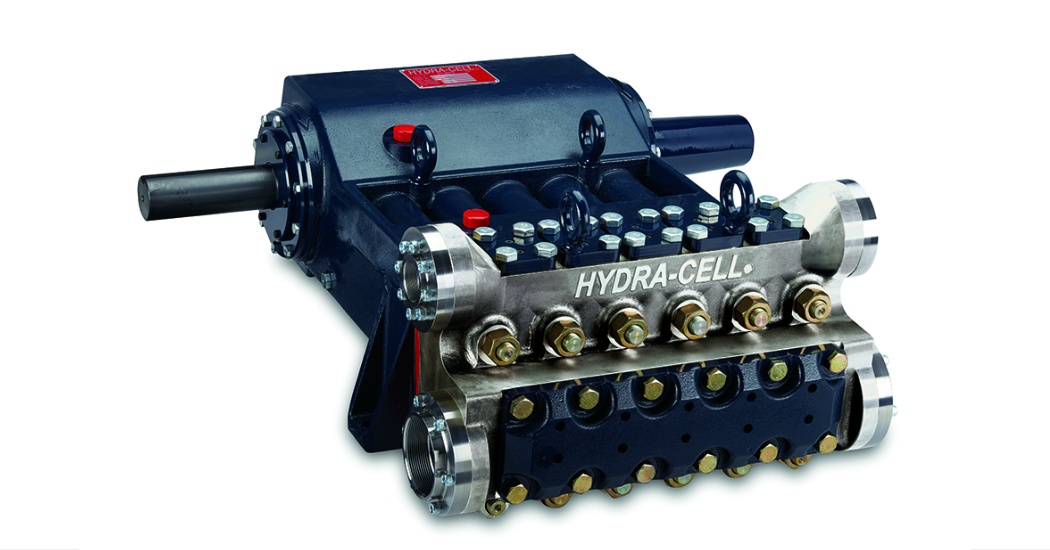
H-pumps are sometimes used in saltwater disposal applications, but the pumping efficiencies are much higher with a positive displacement plunger pump. Seal-less Hydra-Cell pumps also have fewer wetted components. All Hydra-Cell pumps can run dry, which is also an advantage for this application in the event that a filter becomes clogged or an inlet valve is closed.
In conclusion, Hydra-Cell pumps inject the saltwater at high pressure into the well for safe and efficient disposal of the fluid. Its seal-less design means there is no packing to leak or replace. Since Hydra-Cell pumps do not leak, they are the preferred and easier choice for oil and gas companies to meet the environmental regulations of the well site.

